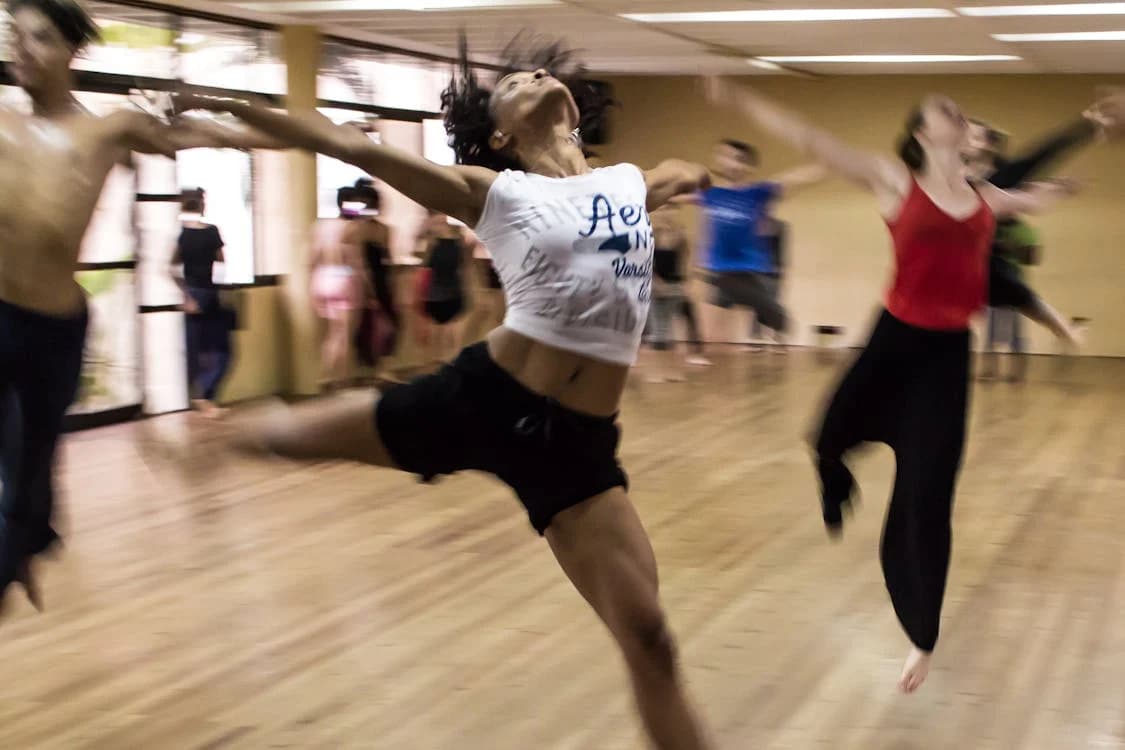Dance has been an integral part of all folk festivals. We cannot imagine real fun without dancing. The energy of joy, apparently, is a special energy, because it inevitably spills out, pours out in movement. Each people, each nationality has its own special set of movements, its own rhythm, its own very special plastics. This was fixed and proved to be as enduring as the national costume, the national character. Different epochs, changes in the way of life, social and cultural relations were reflected in the dance. Fashion affected the development of dancing. Folk dances evolved in every nation, and like national dress and architecture they had their unique features. Every nation had dances with different moods and purposes. Folk dances, which previously were an essential part of folk festivities, reached our days.
Ballroom dancing
When dances moved from squares to the halls of palaces, they became an expression of life in the upper classes. It was said of the favourite in the 18th century minuet: “He who dances the minuet well does well in everything he undertakes, and may undertake everything.
The elegance of manners, the nobility of posture, and the refined deference required in the minuet were the essential qualities of a courtier.
At that time ballet appeared at court, which very soon became a favorite entertainment of kings. It is known that Henry IV and his minister Sully danced in a ballet composed by the king’s sister; Louis XIV loved to take part in the ballet.
In the XX-XXI centuries a lot of new dance styles appeared – swing, hustle, break-dance, contemporaries, etc. Ballroom and historic dances also evolved. Modern dances are usually divided into three large groups:
-stage;
-competitive;
-environmental; -competitive; -entertainment.



